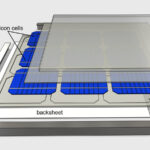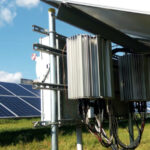First, let’s be clear: solar panels do not have a direct effect on RF signals, but PV systems have the potential to interfere with signals. So, why would this problem arise? How should users (especially home users who install household distributed PV) deal with this problem? Let’s discuss it together.
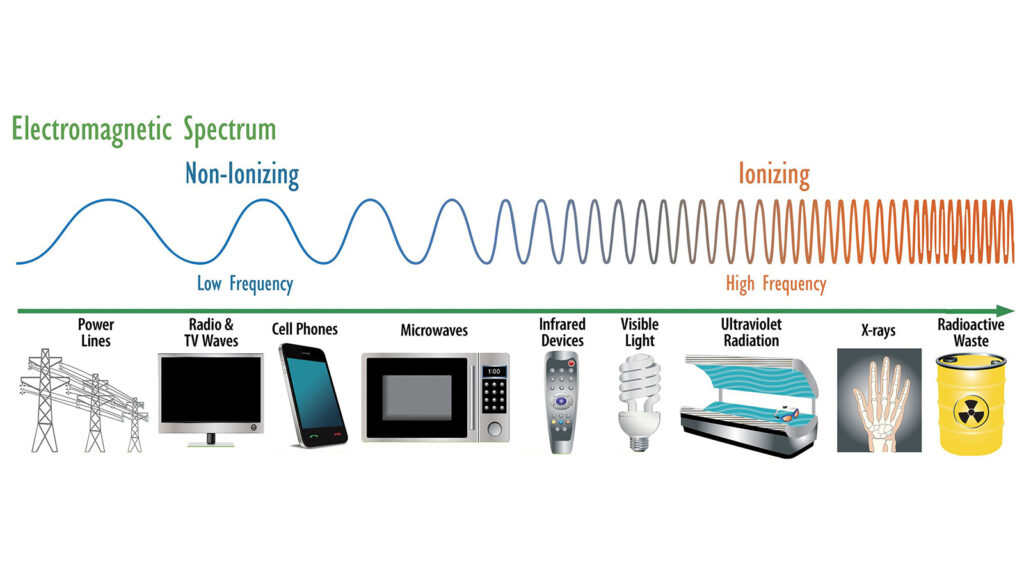
What is RF?
The first thing we need to understand what is RF (Radio Frequency). RF indicates the electromagnetic frequency that can be radiated into space, ranging from 300kHz-300GHz. RF current is an abbreviation of high frequency AC changing electromagnetic wave. The alternating current that changes less than 1000 times per second is called low-frequency current, and the one that changes more than 10000 times is called high-frequency current, and RF is such a high-frequency current. Current flowing through a conductor, the conductor will form a magnetic field around; alternating current through the conductor, the conductor will form an alternating electromagnetic field around, called electromagnetic waves. When the electromagnetic wave frequency is lower than 100kHz, the electromagnetic wave will be absorbed by the ground and cannot form an effective transmission, but when the electromagnetic wave frequency is higher than 100kHz, the electromagnetic wave can propagate in the air and be reflected by the ionosphere at the outer edge of the atmosphere, forming a long-distance transmission capability. We call high-frequency electromagnetic waves with long-distance transmission capability radio frequency.
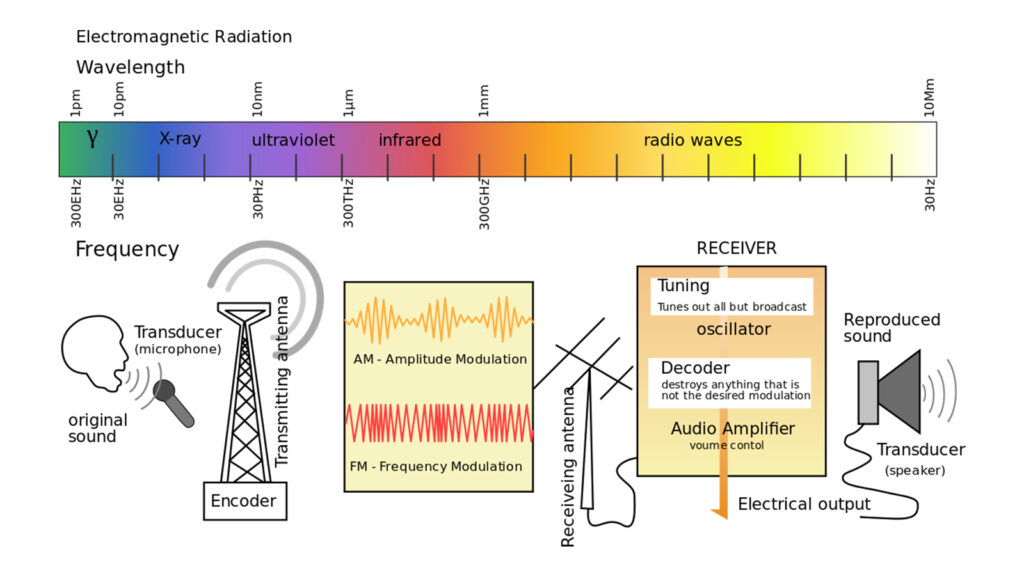
Photovoltaic systems for wireless signals
Photovoltaic panels are absorbing solar energy and converting light energy into electrical energy. Photovoltaic systems require electrical equipment and electronic devices to convert the DC generated by the PV modules into AC power to the grid. The frequency range of electromagnetic radiation produced by PV panels is between visible light and infrared, which is a low frequency signal. This frequency range does not overlap with the frequency range used by WIFI, Bluetooth and other wireless networks. So it will not directly affect the WIFI signal.
However, if the installation of PV panels requires cables to be brought indoors from the roof through walls and ceilings, with other electronic devices near the path. Then the PV panel will produce weak electromagnetic wave radiation to the surrounding environment, and this radiation may produce radio frequency interference (RFI) to the TV or wireless signal, which in turn affects the signal reception quality of the device. This is the problem of electromagnetic compatibility. Electromagnetic compatibility is a holistic concept with many influencing factors. The electromagnetic environment of a PV system is the sum of electromagnetic phenomena induced around the PV system.
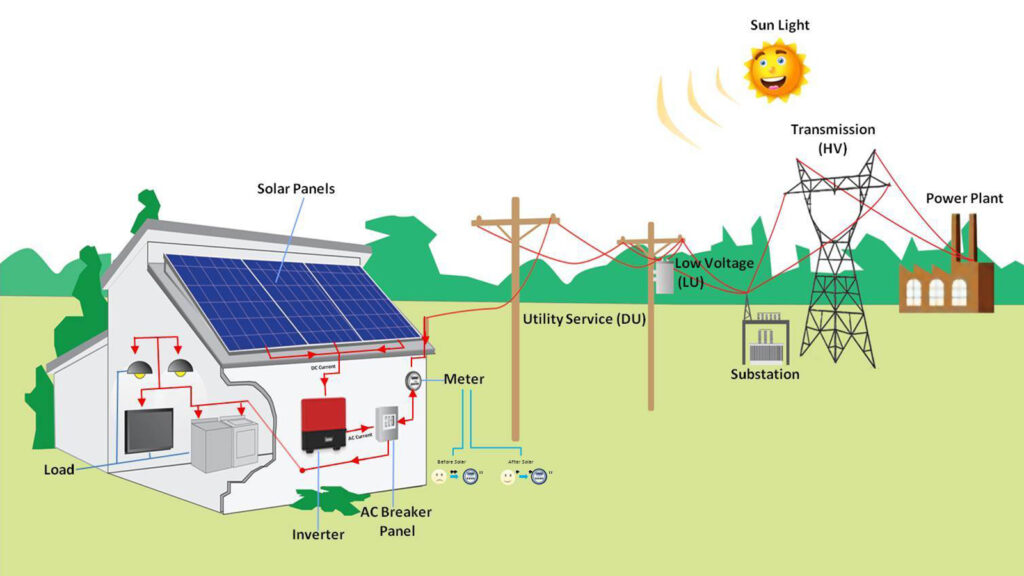
However, the factor that causes the greatest impact of electromagnetic interference is the inverter compared to the PV panels. When the inverter switches directly between DC and AC power, the electromagnetic frequencies emitted are more likely to interfere with electronic equipment signals.
Regular users can minimize this impact by installing and bypassing network equipment wisely. For example, pulling the cable to the other side of the room or introducing the cable through a higher ceiling. And to solve the EMC problem, we can try to add some magnetic rings to the power cable.
If the inverter is the cause, we can use some professional equipment to reduce the interference from the inverter. For example, filter capacitor. Happily, this problem is actually in the past tense. Now we rarely suffer from signal interference due to the inverter.
If you have signal interference in your home, it is better to check other smart devices in your home than PV panels and inverters. Products such as laptops are more likely to cause signal interference than PV panels.
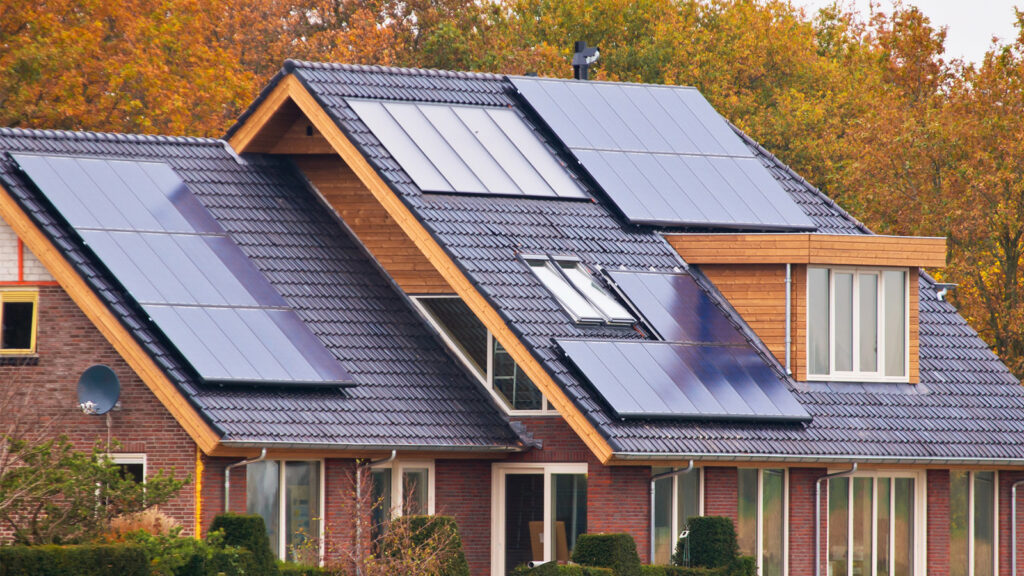
Maysun Solar has quality solar panels with a wide range of products to meet your needs. We are a module manufacturer founded in 2008 and have extensive expertise. Contact us now via WhatsApp and get a quote. Trust us, it’s worth it.


